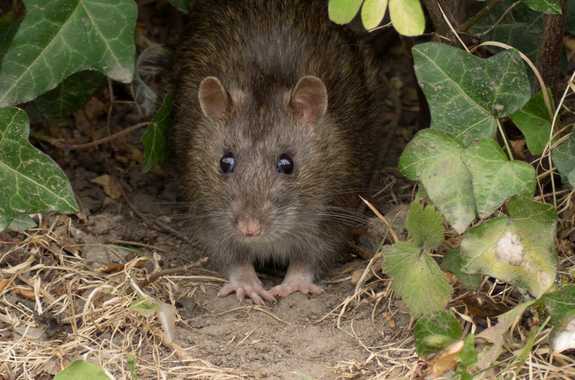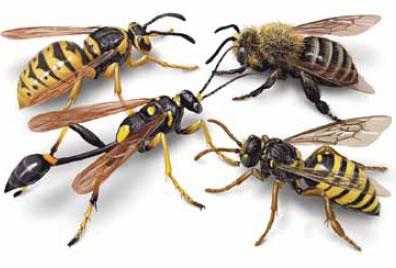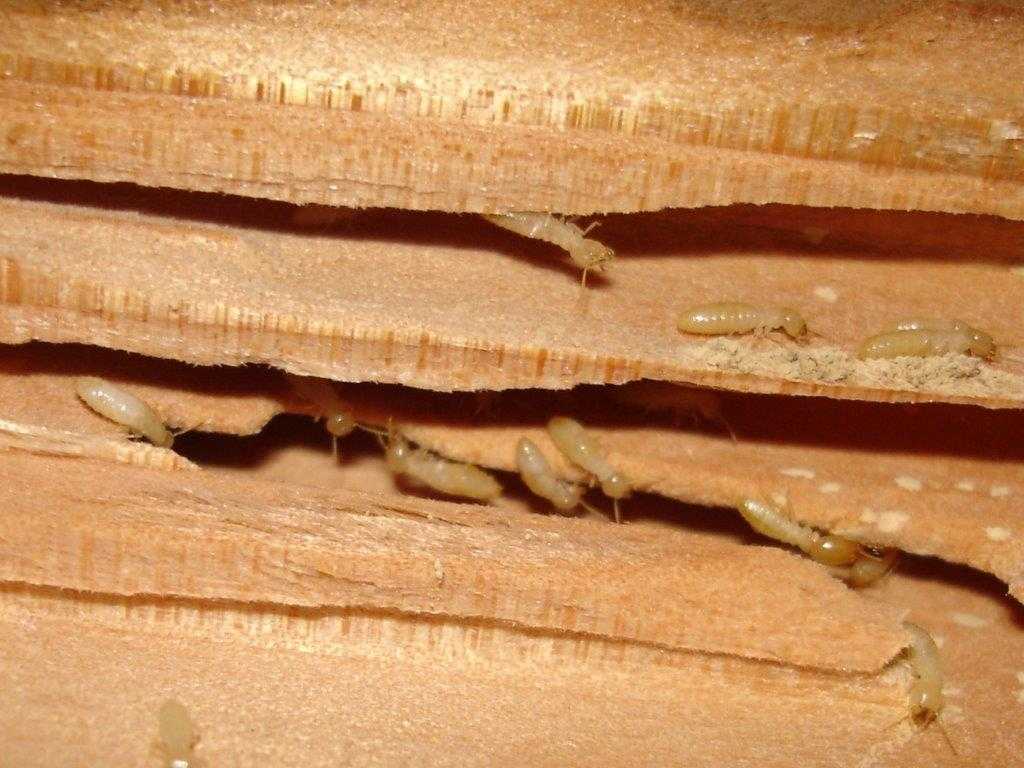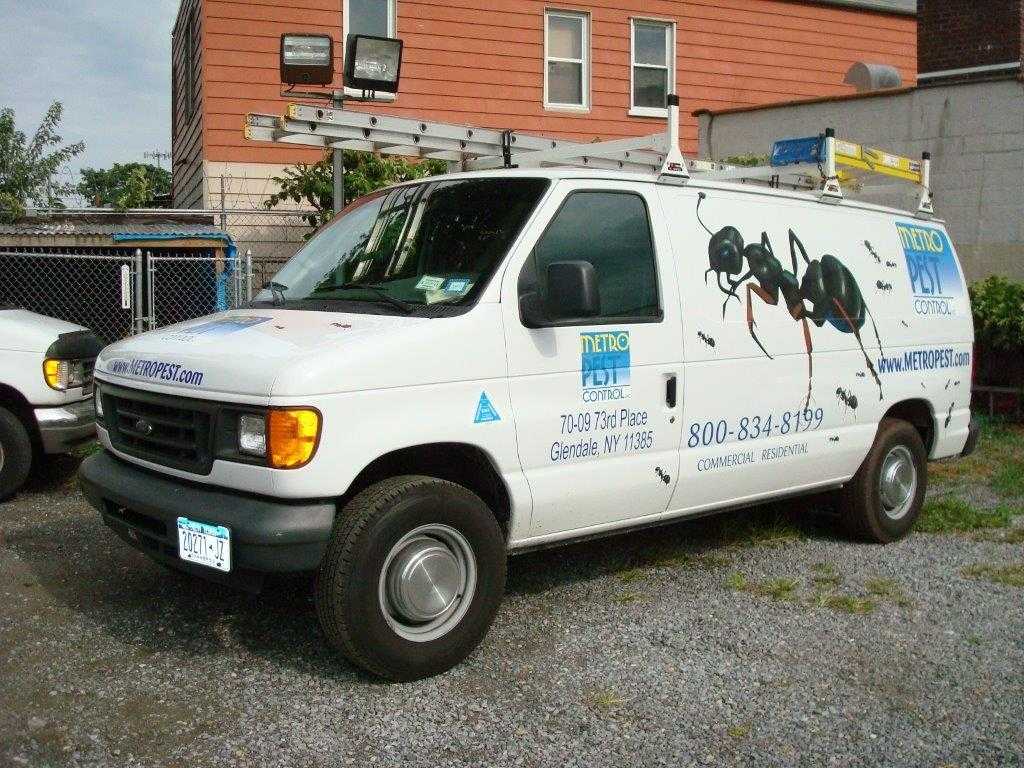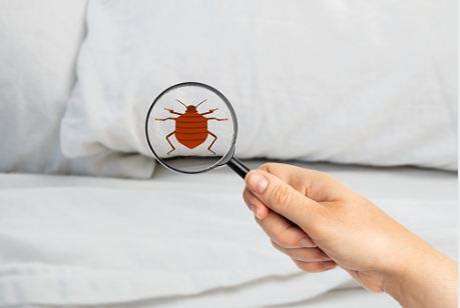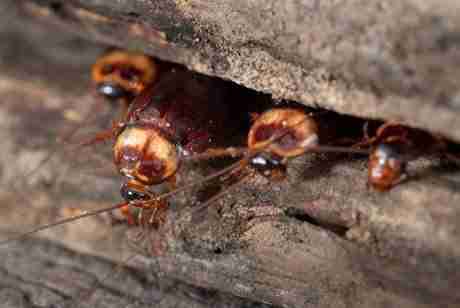Bees and wasps are commonly seen around one’s home or gardens. Especially around summer and spring, you will see them hovering around your neighbourhood. These stinging insects are important pollinators but can also become trouble if they start creating a hive around your home. Although they are not a threat until disturbed, both bees and wasps sting badly. Some wasp stings can be severely dangerous for sensitive and allergic people. Their stings can cause serious infections. Tackling the problem of bees and wasp hives on your own can prove menacing if you are not careful enough. But there are several preventive measures and natural ways to keep them at bay. This article will help you understand how to keep the stinging insects away or get rid of them from around your home.
How do you keep bees and wasps away?
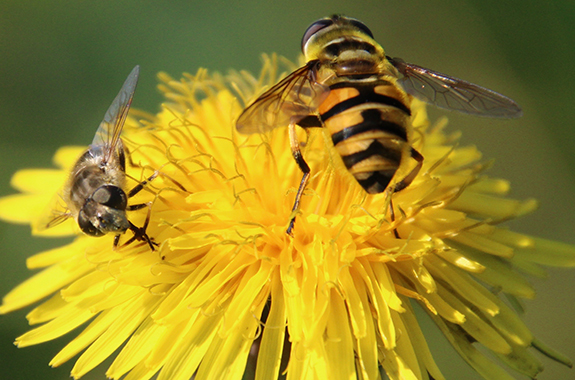
Adopting preventive measures to keep these annoying stinging insects away is much better than having to deal with removing their hives. Bees always look for new places to build hives and reproduce, similar to wasps. Here are some ways you can keep both of them away from your home:
Seal holes and gaps in walls: Bees and wasps can easily slide in from the smallest gaps and holes into your home. Other than keeping your doors and windows closed, ensure you seal these entry points for the insects. Cover all the gaps, cracks, and crevices from the outdoors. You can use silicone caulk to fill in the gaps. Check around your kitchen vents and garage spaces too.
Keep your trash covered: Bees and wasps are attracted to food and sweet smells. So you will even notice them when you are just about to eat on a picnic. Your trash and kitchen waste are food for them. So always throw away your food in sealed bags or keep the trash covered so they cannot feed on it.
Also Read: Tips To Fight Bed Bugs Infestation
Keep flowering bushes away: Bees are attracted to flowering plants, and if you have some in your yard, you don’t have to get rid of them entirely but move them away for a while. Don’t push them towards your garage as bees would find it convenient to build a hive there. Keep these plants towards the entrance or garden corners, away from the entry points of your home. You can instead pot some wasp-repellent plants like marigold, wormwood, basil, and mint.
Clean your yard regularly: If your house has a yard, regularly clean it if you see bees flying around the lawn. Some species of bees and ground-burrowing wasps make nests on the lawn too. If you have an outdoor grill, make sure you have cleaned it well without any sign of food or spilled-over sauces, as they can also attract bees.
Use traps: Several kinds of traps are available in the market which is an effective way to catch these insects. You can hang these traps outside your home where you have spotted bees and wasps recently. The trapped bees/wasps will die after a while, so you have to clear them out.
Mothballs: Bees and wasps detest the smell of mothballs. You can keep them in corner of your homes or near the windows where you have seen bees recently. You can also tie a few mothballs in a piece of cloth and hang them anywhere in the home. If you throw them out in the open, be careful with your pets.
Effective home remedies: There are a few home remedies that you can try to keep both bees and wasps away. Some of the natural repellents include peppermint oil, cloves, cucumber peels, cinnamon, and crushed garlic. You can make sprays with these and apply them on outdoor walls, gaps, crevices, and spray them on the lawn and other spots where you have noticed these buzzing insects.
Also Read: Controlling Pests In Healthcare Facilities
Types of bees and wasps
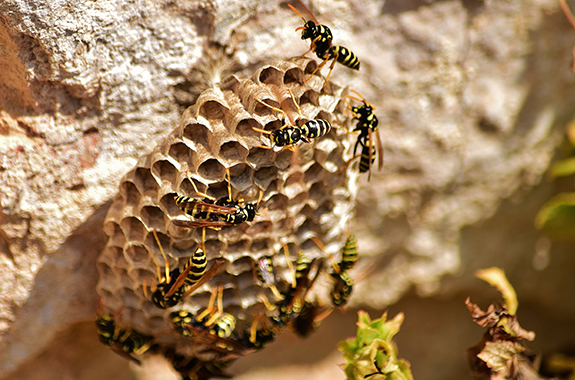
Bees and wasps are often confused with one another. But one should be informed about what kind of insects you have because some of them are aggressive and leave nasty stings. Some species of bees are often confused with wasps, as they too bury holes in woods for nesting. Here are some common types of bees and wasps you are most likely to see around your home:
Carpenter bees: Carpenter bees look very similar to bumblebees. Black in color, they have shiny and hairless abdomen. These bees make holes in wood to lay eggs. Common carpenter bee nesting sites include eaves, wooden boards, siding, decks, and outdoor furniture. They do not live in colonies.
Honeybees: These yellow and dark brown bees are commonly seen hovering over flowering plants, collecting the nectar for honey. They build hives over tree branches, building ceilings, or even beneath rock formations. These bees are important for the environment so it is advised not to kill them but drive them away instead.
Yellow jackets: Bright yellow and black, yellow jacket wasps look similar to honeybees. Their stings can be painful and cause severe reactions in allergic individuals. They build nests either within the ground or logs, building walls, or in the attic. They are commonly seen hovering on garbage cans, or anywhere they can smell food, which makes them pretty common among human residents.
Hornets: Hornets are wasps and exist in several different species. They are black or reddish brown with light yellow or white stripes and grow about 1.25”. Their build hives on high trees, eaves, or sturdy wood. A sting of a hornet is said to be more intense than a bee.
Paper wasps: About 1/2” to 1” these are reddish brown to black with red and yellow markings. They look very similar to yellow jackets but are slender and have long legs. They feed on caterpillars so are beneficial to have around. Their nests are shaped like inverted cones and look very similar to paper, which gives them their name. They do not attack unless provoked.
Mud daubers: These wasps are black and yellow in color and get their name as they construct nests of mud. Common nesting locations include under eaves, porch ceilings, sheds, attics, and building walls. They grow about ½ to 1” and have dark wings. These are solitary wasps and are not as dangerous.
Also Read: How To Know If You Have Bed Bugs In Your House?
Symptoms and Treatment of Bee Stings
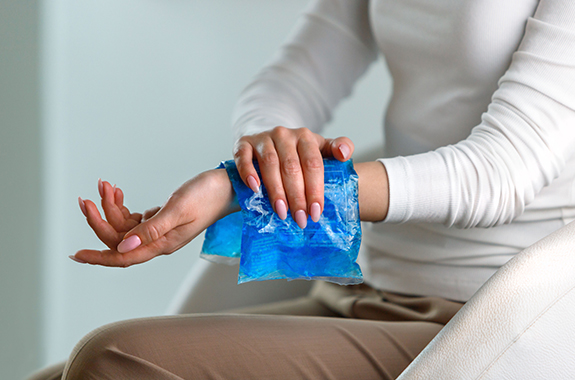
Bee stings are relatively common because we have just so many bees around, usually in the springtime. Unless you are someone with sensitive skin or suffering from allergies, bee stings can be easily cured at home. A one-time sting does not hurt as much, but if you get stung numerous times, you will require some treatment. Bee stings can evoke different reactions for different people. Some people experience temporary itching and redness but you may experience a different set of symptoms at other times. The symptoms can be mild to severe, depending on which bee you have been stung.
Let us look at the symptoms of a bee sting:
- Instant burning on the stinging area
- A red patch or welt
- Slight swelling
- Itching for some time
Individuals who have allergies may experience severe symptoms like difficulty in breathing, swollen throat/tongue, abdominal pain, dizziness, nausea, weak pulse, and loss of consciousness. These people need instant medical attention.
Treatments: The course of treatment again differs depending on the intensity of the symptoms. For those with minor reactions, here’s the course to follow:
- Do not scratch the area, even though it is itching
- Remove the stinger with the help of tweezers
- Wash the affected area with soap and water
- Apply some ice over the stinging patch
- Apply calamine lotion to reduce redness and itching
- You can take a pain reliever if needed. Anti-inflammatory non-steroid medicines such as Advil, Motrin, and ibuprofen can help ease the pain
- If itching and redness persist for prolonged hours, then consult a doctor
In case of a severe reaction, or if someone has been attacked by a swarm of bees, head to a doctor immediately. You can call emergency services if someone is having anaphylaxis. While waiting for them, ensure the person is laying on the back with feet elevated. It will help to get more blood flow to the heart. There are some emergency injections like Epinephrine that doctors will prescribe. Take the person to the doctor immediately as the person may need oxygen and intravenous fluids.
Bee stings do not require instant medical attention, but it also depends upon the symptoms. A child may require more care as compared to an adult.
Also Read – Why Are Rats Attracted To Your House?
Home remedies for bee stings
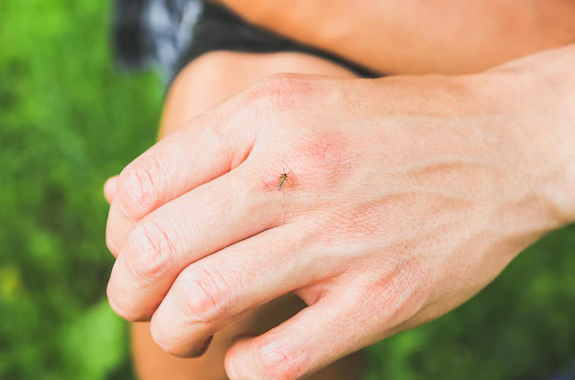
The itching, and swelling of a bee sting usually go away within a few hours or a day. Some home remedies help reduce the pain and also speed up the healing. Here are some ways to cure a bee sting at home:
- Ice: Apply an ice pack to the area. Cold compressing helps to reduce the pain. Wrap the pack in a cloth and place it over the area 2-3 times a day.
- Honey: Honey is proven to reduce inflammation with its antimicrobial properties. Take a small amount of honey and apply it over the affected part. You can cover it with a light cloth or tie a loose bandage. Keep it for about an hour.
- Toothpaste: Some people believe that applying toothpaste over a sting can neutralize the venom. Put a little toothpaste over the area for some time. In case, you feel more redness, immediately wash it.
- Aloe vera gel: Aloe vera is known for its moisturizing properties. Spreading a little gel on the sting area can help to reduce swelling and also prevent it from getting infected.
- Aspirin paste: If you have aspirin tablets at home, crush them and mix them with water to make a paste. Apply this paste to the bee sting area. (Please do this with caution as it may cause more redness for some people)
- Essential oils: Essential oils are a part of many home remedies as they have antifungal and antibacterial properties. Lavender oil, witch hazel oil, tea tree oil, and thyme oil are some of the natural oils that can help to reduce the pain of a bee sting.


